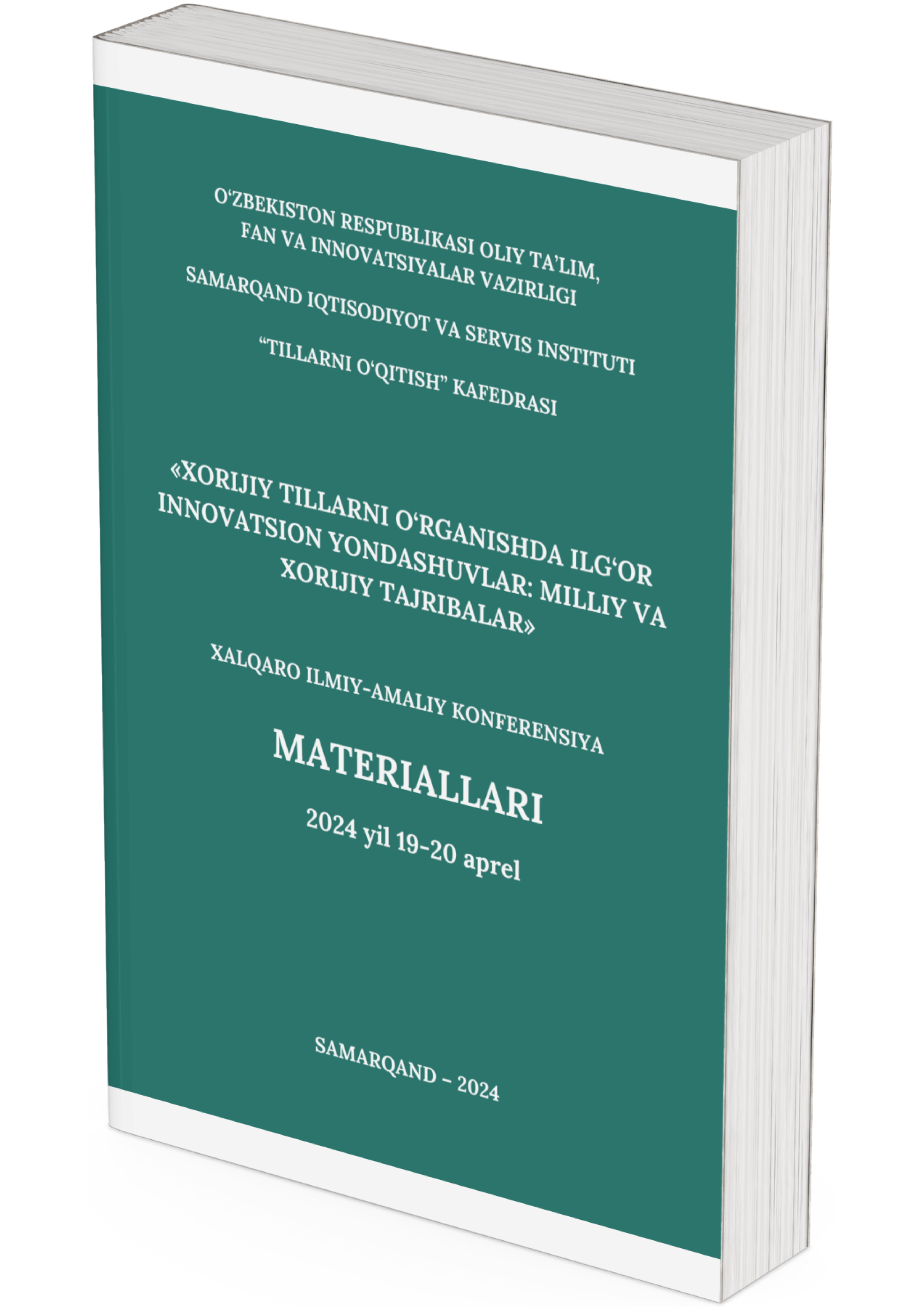CONTRASTIVE PHRASEOLOGY
Keywords:
cultural differences, bilingual dictionaries, idiomatic dictionary, methodology, HSG, criteria for choosing idioms, corpus analysisAbstract
The main attention is paid to the criteria for selecting idioms, methods of data collection and analysis, as well as comparison of the HSG dictionary with other idiomatic dictionaries. The results of the analysis made it possible to identify unique features of the HSG methodology and offer recommendations for improving approaches to the compilation of idiomatic dictionaries. Finally, limitations of the current study and prospects for future research in this area are discussed.
References
Moon, R. (1998). Fixed Expressions and Idioms in English: A Corpus-Based Approach. Oxford University Press.
Fernando, C. (1996). Idioms and Idiomaticity. Oxford University Press.
Simpson, R. (2000). Semantic Prosody: A Critical Evaluation. Routledge.
Glucksberg, S. (1993). Idiom Meanings and Allusional Content. In C. Cacciari & P. Tabossi (Eds.), Idioms: Processing, Structure, and Interpretation, (pp. 3-26). Lawrence Erlbaum Associates, Inc.
Nippold, M. A., & Taylor, C. L. (2002). Judgments of idiom familiarity and transparency: A comparison of children and adolescents. Journal of Speech, Language, and Hearing Research, 45(2), 384-391.
Downloads
Published
Issue
Section
License
Copyright (c) 2024 Dilafruz Abdullayeva (Author)

This work is licensed under a Creative Commons Attribution 4.0 International License.




